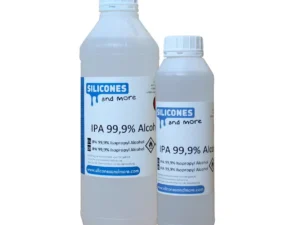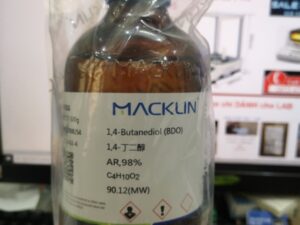Description
Styrene: A Versatile Building Block of Modern Life, But with a Cautionary Tale
Styrene, a colorless, oily liquid with a distinctive odor, might not be a household name, but it’s a ubiquitous component of the modern world. From the insulation in our walls to the packaging that protects our food, styrene plays a crucial role in a vast array of applications. However, its benefits come with a need for careful consideration, as its potential health risks have been a subject of ongoing research and debate.
A Building Block of Plastics and Beyond:
Styrene’s most significant contribution lies in its role as a monomer, the fundamental building block for polymers like polystyrene. Polystyrene, in its various forms, is a key ingredient in:
- Packaging: From disposable cups and food containers to protective packaging for electronics, polystyrene foam (Styrofoam) provides insulation and cushioning.
- Insulation: Expanded polystyrene (EPS) is widely used in building construction for its excellent thermal insulation properties, helping to reduce energy consumption.
- Consumer Goods: Styrene contributes to the production of plastics used in toys, appliances, and numerous other everyday items.
- Rubber and Resins: Beyond polystyrene, styrene is a crucial component in the production of synthetic rubber, used in tires and other products. It also contributes to resins used in fiberglass and coatings, providing strength and durability.
The Properties that Make Styrene So Useful:
Styrene’s versatility stems from its unique chemical properties. Its ability to readily polymerize allows it to form strong and stable chains, resulting in durable and lightweight materials. Its low cost of production also makes it an attractive option for manufacturers.
Concerns and Considerations:
While styrene offers numerous benefits, its potential health risks have raised concerns. Exposure to high concentrations of styrene can cause irritation to the eyes, skin, and respiratory system. Animal studies have linked prolonged, high-level exposure to cancer, and the International Agency for Research on Cancer (IARC) classifies styrene as “possibly carcinogenic to humans.”
However, it’s important to note that exposure levels in the workplace are typically regulated and monitored to minimize potential risks. Further research is ongoing to fully understand the long-term effects of styrene exposure, particularly at lower concentrations.
Responsible Use and Future Directions:
The ongoing debate surrounding styrene highlights the importance of responsible handling and management. This includes:
- Workplace Safety: Implementing strict safety protocols in manufacturing facilities to minimize worker exposure.
- Emissions Control: Reducing styrene emissions during production and processing.
- Recycling Efforts: Promoting the recycling of polystyrene products to reduce waste and the need for virgin styrene production.
- Research and Development: Investing in research to develop safer alternatives to styrene or improve its production processes to minimize environmental impact.
Conclusion:
Styrene’s impact on modern life is undeniable. Its versatility and cost-effectiveness have made it a cornerstone of numerous industries. However, a responsible approach is crucial to mitigate its potential health and environmental risks. By prioritizing workplace safety, promoting recycling, and investing in research and development, we can continue to harness the benefits of styrene while minimizing its potential drawbacks. As we move forward, a continued focus on innovation and sustainability will be key to ensuring the responsible use of this important chemical building block.













Reviews
There are no reviews yet.